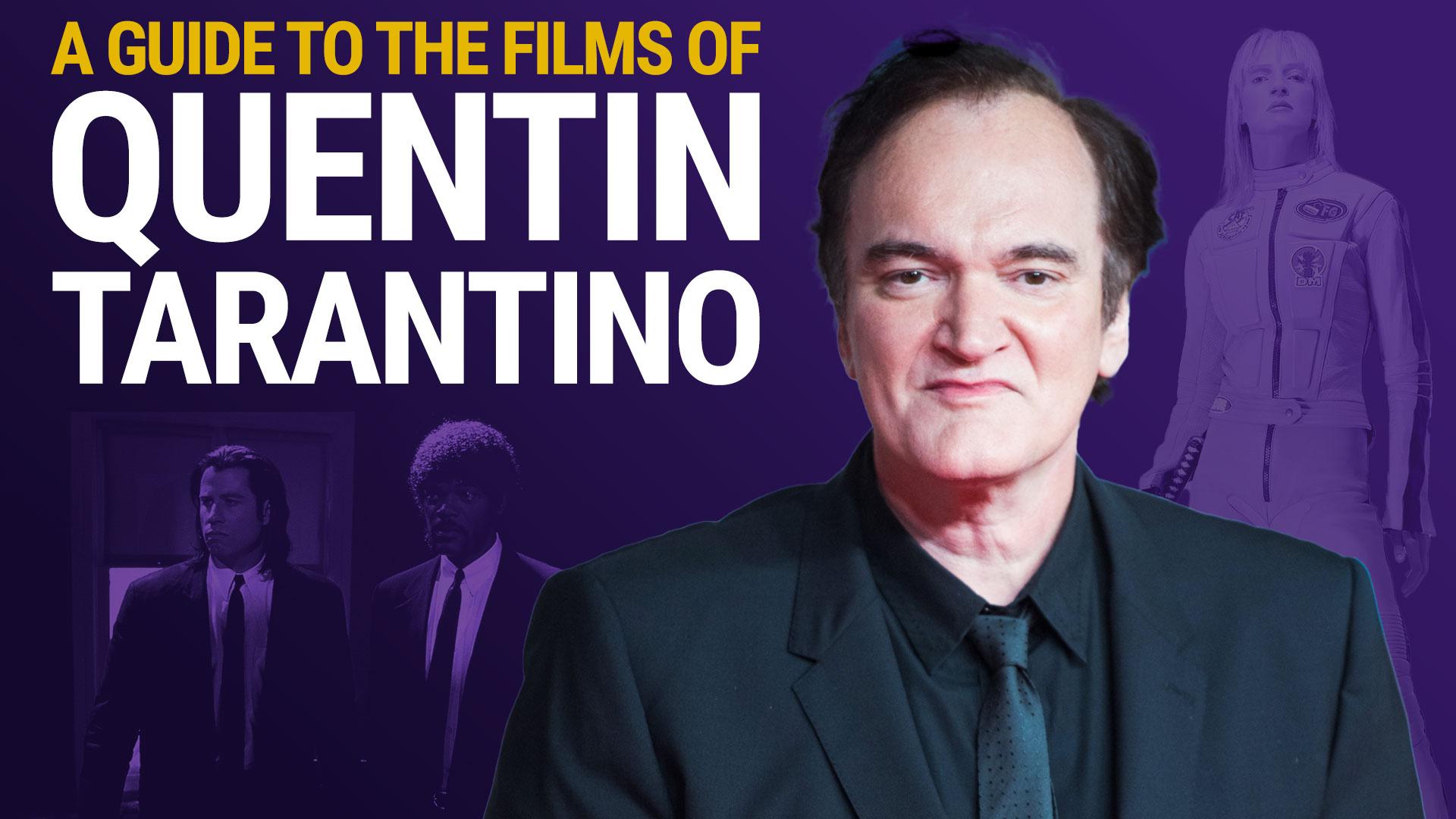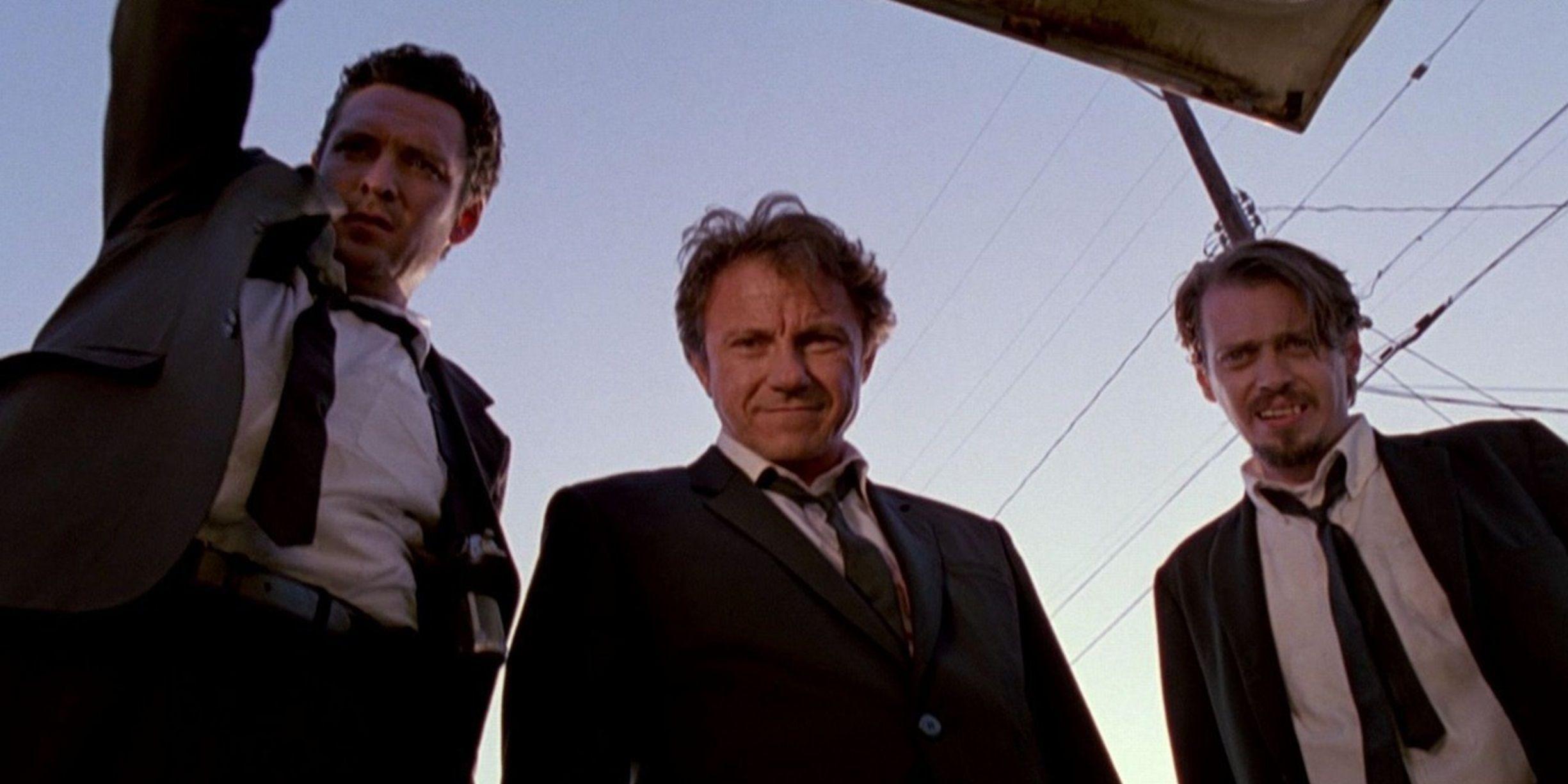Quentin Tarantino stands as one of the most distinctive voices in modern cinema, renowned for his ability to blend eclectic influences into a cohesive and unmistakable style. Over the decades, his work has evolved, reflecting both personal growth and broader shifts in the cinematic landscape. This article delves into the evolution of Tarantino’s signature style, tracing its development from his early films to his more recent works. By examining the elements that define his approach—such as his innovative narrative structures, the interplay of dialogue and violence, and his homage to various genres—this analysis seeks to understand how Tarantino has maintained his unique position in the film industry. Through a careful exploration of his filmography, we aim to uncover the nuances of his stylistic journey and the factors that have influenced its transformation.
Influences and Inspirations Behind Tarantinos Unique Aesthetic
Quentin Tarantino’s distinctive aesthetic is a melting pot of diverse influences, combining elements from classic cinema, pop culture, and an array of genre films. His style is a tapestry woven from spaghetti westerns, blaxploitation films, and martial arts cinema, with each thread contributing to the vibrant visual and narrative palette he is known for. Tarantino’s work reflects a profound reverence for these genres, often paying homage through his choice of music, camera angles, and dialogue.
- Spaghetti Westerns: Tarantino borrows the dramatic tension and stylized violence characteristic of directors like Sergio Leone, evident in the wide, sweeping shots and the intense close-ups that punctuate his films.
- Blaxploitation: The rhythmic, funky soundtracks and strong, rebellious characters in films like “Jackie Brown” showcase Tarantino’s admiration for this genre.
- Martial Arts Cinema: His films often feature intricate fight sequences and an appreciation for Eastern storytelling techniques, particularly seen in “Kill Bill”.
Additionally, Tarantino’s dialogue is a direct reflection of his love for pulp fiction and noir, characterized by sharp wit and a rhythmic cadence. This interplay of visual and narrative elements, coupled with his encyclopedic knowledge of film history, creates a signature style that is both a tribute to and a reinvention of his cinematic inspirations.

The Role of Dialogue and Storytelling in Tarantinos Filmography
Quentin Tarantino’s distinctive filmography is characterized by his masterful use of dialogue and storytelling, elements that have become the backbone of his cinematic identity. His films are renowned for their rich, verbose exchanges that serve as more than mere conversation; they are vehicles for character development and plot progression. Dialogue in Tarantino’s films often defies traditional narrative expectations, weaving complex stories within stories, and engaging audiences with its wit, tension, and unpredictability. This approach allows viewers to delve deeper into the psyche of his characters, revealing their motivations and complexities in a manner that is both entertaining and thought-provoking.
- Non-linear storytelling: A hallmark of Tarantino’s style, this technique allows him to craft intricate narratives that unfold in unexpected ways, keeping the audience engaged and guessing.
- Pop culture references: His scripts are peppered with nods to various elements of popular culture, adding layers of meaning and providing context to the dialogue.
- Monologues and extended conversations: These are used strategically to build tension, provide exposition, or offer insight into the characters’ worldviews.
Through these methods, Tarantino not only entertains but also challenges conventional storytelling norms, inviting viewers to experience cinema as a form of art that is as much about the spoken word as it is about visual spectacle.

The Impact of Nonlinear Narratives on Audience Engagement
Quentin Tarantino’s films are renowned for their intricate storytelling, particularly his use of nonlinear narratives. This unique approach not only defies traditional storytelling but also profoundly impacts audience engagement. By presenting events out of chronological order, Tarantino invites viewers to become active participants in piecing together the plot. This method encourages repeated viewings as audiences strive to uncover new connections and hidden details, enhancing their overall experience. The fragmented structure stimulates curiosity, keeping viewers on their toes and ensuring their attention is captivated throughout the film.
Moreover, nonlinear narratives allow for deeper character development and thematic exploration. By juxtaposing different timelines, Tarantino can explore characters’ motivations and backstories in a more layered manner. This approach provides a richer understanding of the narrative, inviting viewers to engage with the material on a more intellectual level. The impact of this storytelling style is evident in the following ways:
- Increased Emotional Investment: By gradually revealing characters’ arcs, audiences develop a stronger emotional connection.
- Enhanced Suspense and Surprise: The unpredictability of the timeline keeps viewers guessing, maintaining suspense.
- Complex Themes and Motifs: Nonlinear narratives allow for the exploration of themes such as fate, revenge, and redemption from multiple angles.
Through these techniques, Tarantino’s signature style not only entertains but also challenges audiences to think critically, making his films a staple in modern cinema.
Recommendations for Aspiring Filmmakers Inspired by Tarantino
For those who find themselves captivated by Quentin Tarantino’s audacious storytelling and stylistic flair, there are several avenues to explore in crafting a distinctive cinematic voice. First, embrace non-linear storytelling. Tarantino’s ability to weave complex narratives that jump back and forth in time keeps audiences engaged and allows for creative exploration of character development. Experiment with this technique to add depth and intrigue to your films.
- Develop Rich Dialogue: Tarantino’s films are renowned for their sharp, memorable dialogue. Craft conversations that reveal character motivations and advance the plot, while also leaving a lasting impact on the audience.
- Blend Genres: Another hallmark of Tarantino’s style is his seamless blending of genres. From crime to westerns, find inspiration in multiple sources and combine them to create something uniquely yours.
- Pay Attention to Soundtracks: Music plays a crucial role in setting the tone and enhancing the narrative. Curate a soundtrack that complements your story and evokes the desired emotional response from viewers.
- Visual Storytelling: Tarantino’s films often feature striking visual compositions. Focus on creating a strong visual language through camera angles, lighting, and color palettes to reinforce the themes of your film.
Ultimately, while it’s important to draw inspiration from great filmmakers like Tarantino, aspiring filmmakers should strive to carve out their own path, blending influences with original ideas to create a signature style that resonates with audiences.
